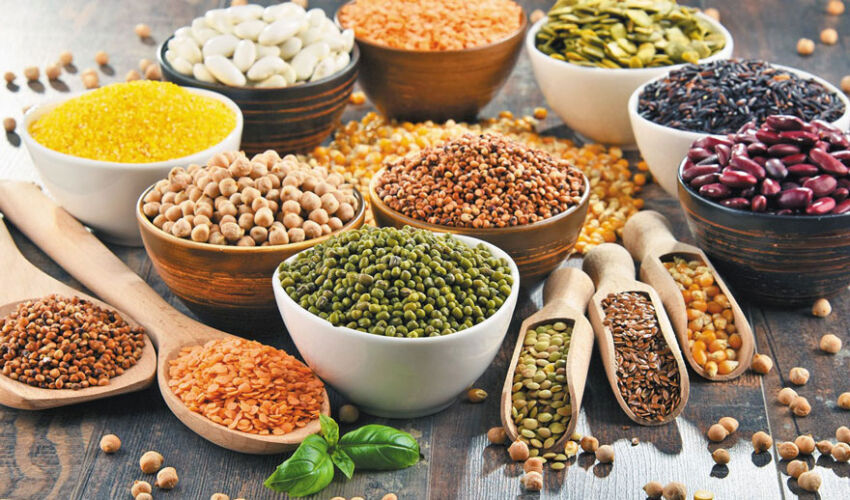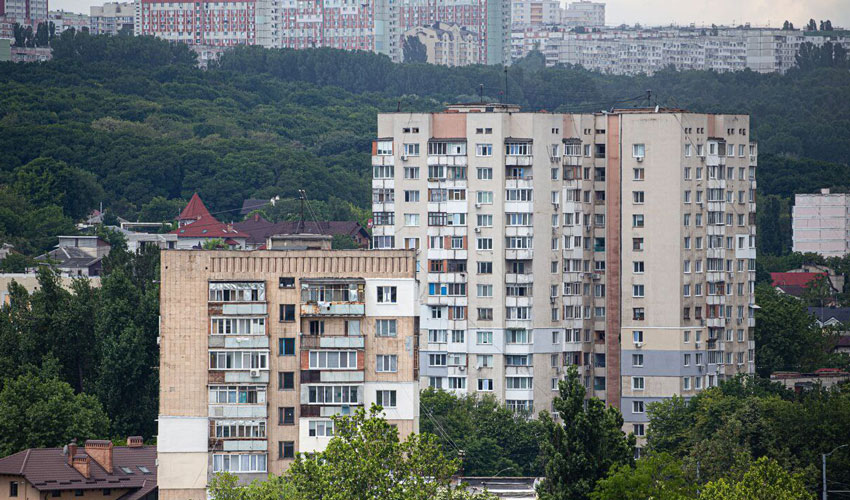
This should be facilitated by the government decision that approved on April 29 the “Requirements for the quality and sale of fresh and dried legumes”. They are partially harmonized with the norms of the European Union, but taking into account the peculiarities of our domestic market. The main goal of this decree is to ensure market transparency, as well as to protect the interests of farmers and consumers through the introduction of clear quality standards. It is also intended to increase the competitiveness of local products and stimulate the consumption of legumes, as they are good for health.
Moldova does not fully utilize its production potential in this field. In 1990, about 73 thousand hectares were cultivated with legumes in our country, from which 97 thousand tons were harvested. In 2023, 36 thousand hectares remained with a yield of 37.7 thousand tons. Of course, it is necessary to take into account the reduction of population in the country, but also the fact that the productivity of plantings has decreased.
In 2023, 6.7 thousand tons of all types of crops (peas, chickpeas, beans and lentils) were exported from RM, while 7.4 thousand tons were imported. Currently, Moldova imports the largest volumes of legumes from Ukraine, Turkey, Kazakhstan and the Russian Federation, and exports to Egypt, the United Arab Emirates, the Philippines and Romania.
However, our country could export rather than import these products, as there is a demand for them. The introduction of European quality standards, which are contained in the new document, give entrepreneurs the opportunity to enter international markets, where the demand for legume products is higher and constantly growing.
According to the Food and Agriculture Organization of the United Nations (FAO), in 2023 the world production of legumes will reach 85 million tons. Peas, chickpeas, and lentils account for the largest share of it, which is witnessing a significant increase in demand. In 2019, consumption of pulses increased by 5-10%, in 2020. – By 12%, and in 2021-2023, the annual growth rate was 15-20%.
In the Plant Variety Catalog of RM, 35 pea, 14 bean, four chickpea and two lentil varieties were registered in 2023, while in 2024, 45 pea varieties were already registered.
“This governmental decree has expanded the range of legume products covered by it, and the new provisions of the document will guide farmers in the production of legume crops in accordance with the quality requirements set out in the normative act,” the Ministry of Agriculture believes.
In particular, the assortment includes food chickpeas, lentils and beans of Vicia faba L. species, to which separate chapters of the government decree are devoted. Technical requirements for the cultivation and realization of these legumes are not contained in the regulation “Legume products fresh and dried. Requirements for realization”, which was approved in 2009.
In addition to expanding the area of legumes whose cultivation can be subsidized for processing and canning, this activity also improves soil quality. It is proposed to subsidize legume crops as seders (to improve soil structure, enrich it with nitrogen and suppress weed growth).













